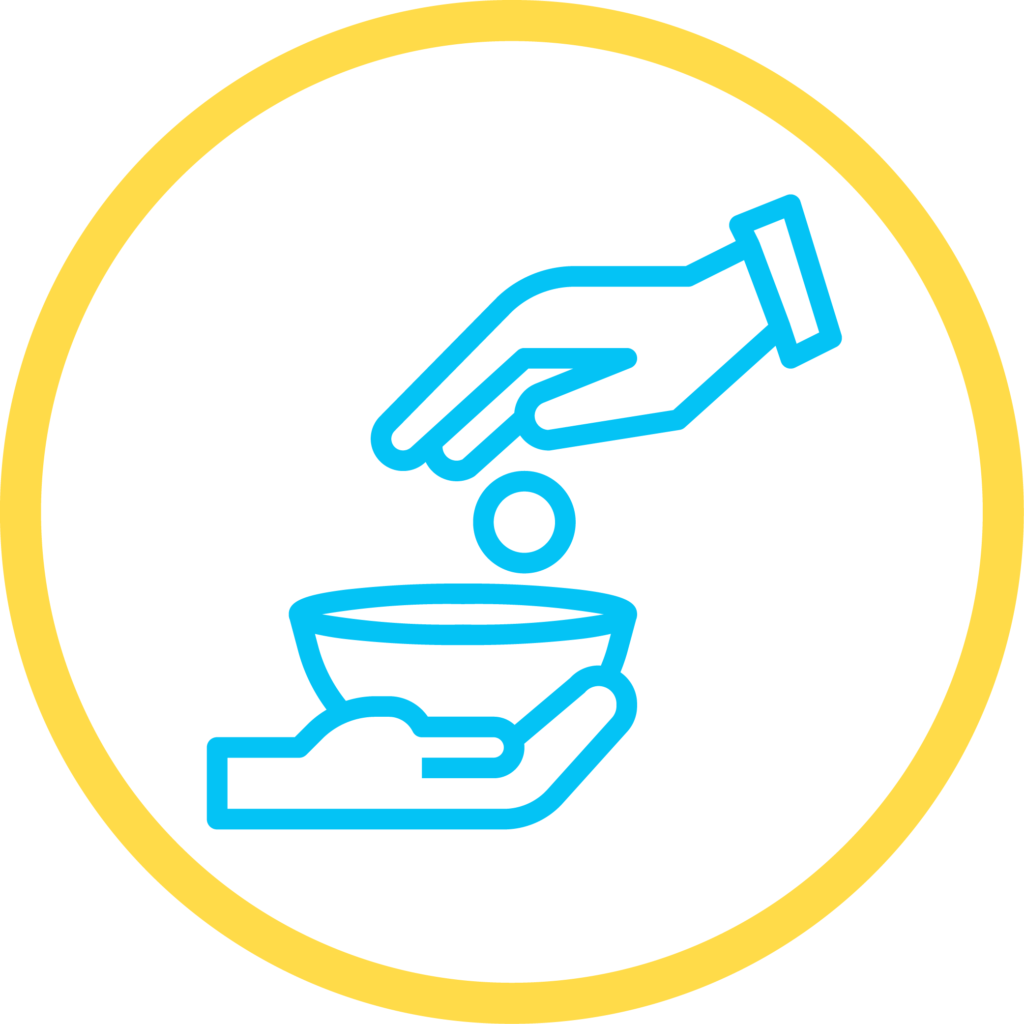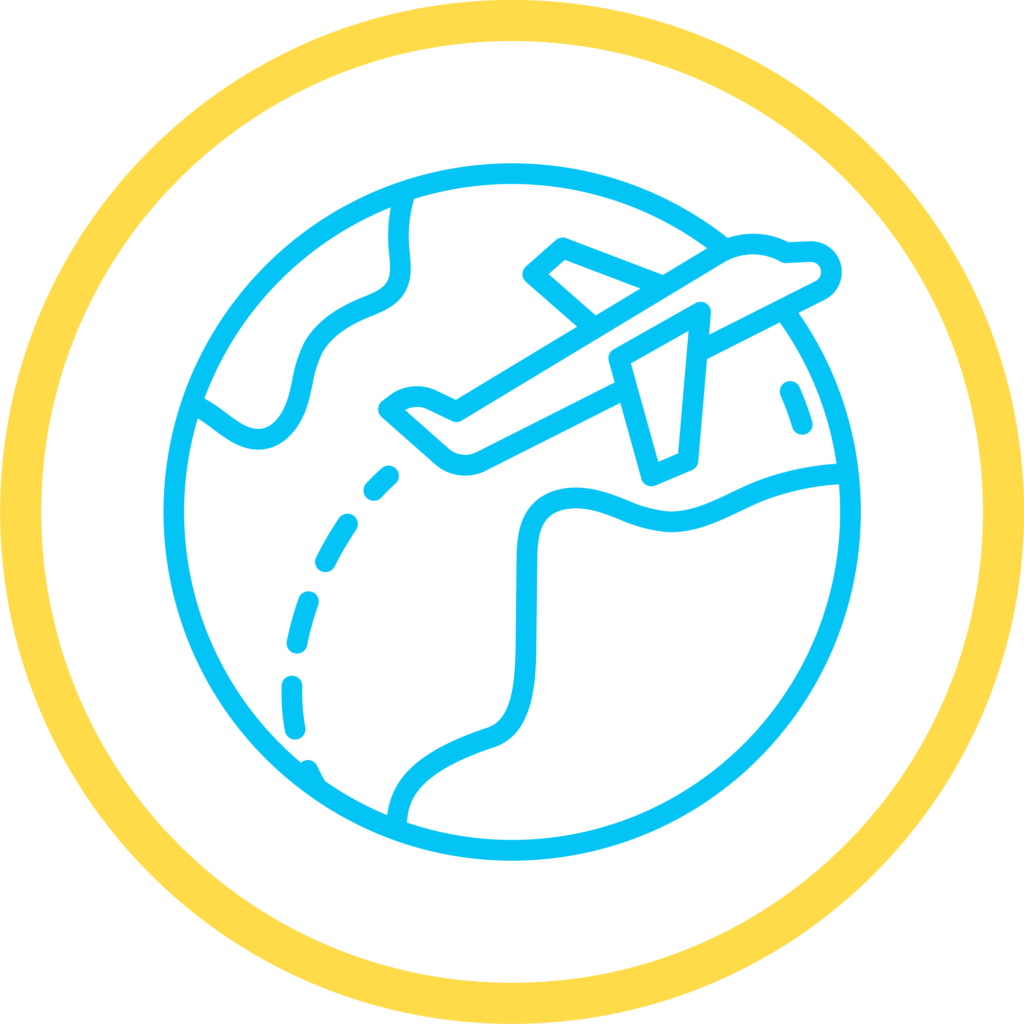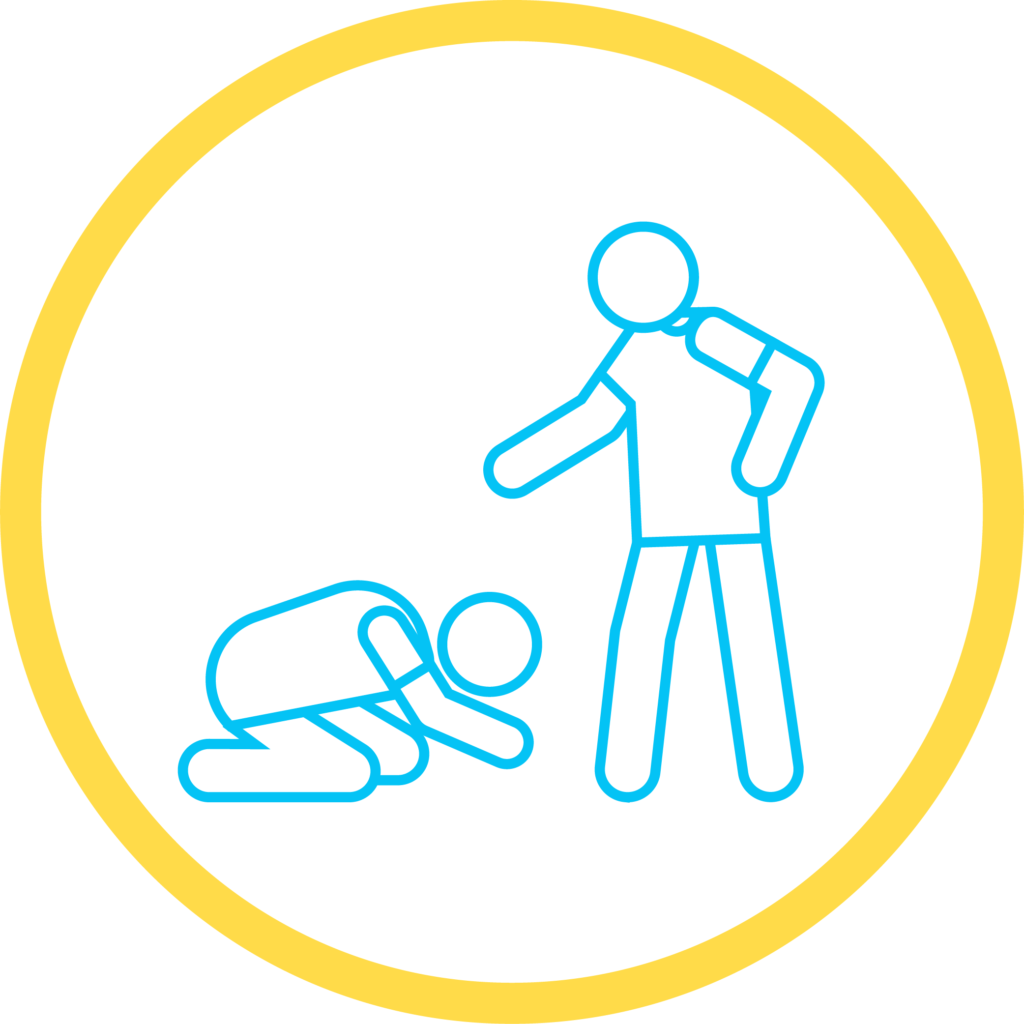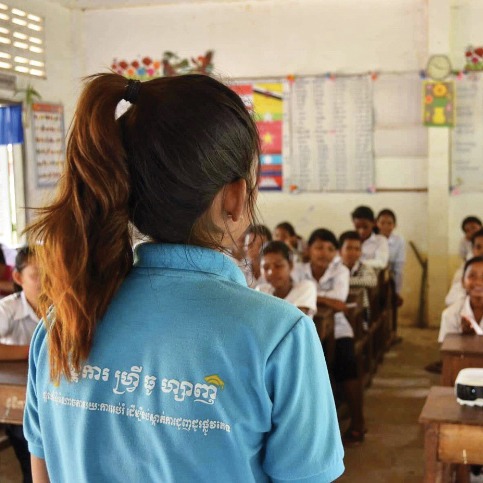
OUR approach
Empower with an education to prevent sex trafficking.
WHY DO WE DO WHAT WE DO?
Focusing on education is widely recognised by experts in the field as a crucial component of preventing trafficking. According to the International Labour Organisation; “getting girls and boys into schools and keeping them there is a vital step to reducing their vulnerability to trafficking.” 1
3.8 million adults were victims of forced sexual exploitation and 1 million children were victims of commercial sexual exploitation in 2016. More than seven in ten victims were exploited in the Asia and the Pacific region.2 Within the region, Cambodia has a particularly high incidence of trafficking and is considered a destination, source, and transit country3. Cambodia ranks ninth highest in the world for percent of population enslaved.4 It is estimated that 261,000 people are living in modern slavery.5
Trafficking is overwhelmingly driven by poverty and a lack of respect for the rights of individuals. Worldwide, women and girls are much more vulnerable to modern slavery because of larger global patterns of human rights abuses against women and girls, such as sexual violence, family violence, and discriminatory beliefs. Today, 99% of victims of forced sexual exploitation are women and girls6.
The six factors that INCREASE A CHILD’S RISK OF BEING TRAFFICKED
Poverty
70% of Cambodians live on less than $3.20 USD a day.1 Most families on our program are among the 10% poorest in their community. Most do not have regular employment. Hunger and food security is often a daily concern…
Microfinance
In a country where 70% live on less than $3.20 USD a day,2 it is ludicrous that 2.4 million Cambodians hold a total microloan debt of at least $8 billion USD.3 In Cambodia, the average microloan debt per borrower is approximately $3,370 USD, which is the highest average amount in the world…4
Migration
In Cambodia, a lack of jobs leads some women and girls to leave their homes in rural areas to try to find work in tourist destination cities. In many cases, traffickers exploit them in sex trafficking, including in massage parlours, karaoke bars, and beer gardens…1
orphanages
80% of the eight million children living in orphanages globally are not really orphans. They have at least one living parent or family member who could potentially care for them. Due to financial donations, many orphanages are in a position to provide access to better education than the local village school, leading some families to place their children in an orphanage in the hope of better opportunities…
Irresponsible Travel
Visiting or volunteering in orphanages, schools, and communities has become a popular pastime of tourists in Cambodia who are seeking an inside look at Cambodian culture. But would you volunteer at an orphanage in your home country? Would you want strangers visiting your child while they are at school?..
Family & Domestic Violence
36 percent of Cambodian men reported perpetrating physical and/or sexual violence against a female intimate partner. 50 percent of men who committed rape did so as teenagers.1 A survey undertaken of 2000 Cambodian men, by four UN agencies, found that almost half of those admitting to perpetrating violence stated that they never faced legal consequences…2
how we prevent sex trafficking
We believe that when communities are safe for children, girls are educated and women are equally represented in leadership positions, the ability for traffickers to work will be diminished.

GOAL
SAFE COMMUNITIES FOR CHILDREN
Through safety visits, social work interventions, and community trainings, we work to strengthen family and community systems.

GOAL
EDUCATED GIRLS
We support girls to stay engaged in education by providing financial and material support and improving their access to
basic rights.
1. ‘Training Manual to Fight Trafficking in Children for Labour, Sexual and Other Forms of Exploitation’, International Labour Office, International Programme on the Elimination of Child Labour (IPEC), Geneva: ILO, 2009, 4 v., www.unicef.org/protection/Textbook_2.pdf, (accessed 8 October 2021)
2. Walk Free Foundation, ‘The Global Slavery Index 2018,’ Walk Free Foundation, 2018, p. 22, https://www.globalslaveryindex.org/resources/downloads/ (accessed 8 October 2021)
3 Action Pour Les Enfants (APLE) Cambodia and End Child Prostitution and Trafficking (ECPAT) International, ‘Sexual Exploitation of Children in Cambodia Submission’, 2018 https://www.ecpat.org/wp-content/uploads/2018/07/Universal-Periodical-Review-Sexual-Exploitation-of-Children-2018-Cambodia.pdf, (accessed 01 May 2020).
4 Walk Free Foundation, ‘The Global Slavery Index 2018,’ Walk Free Foundation, 2018, p.29, www.globalslaveryindex.org/resources/downloads/, (accessed 8 October 2021).
5 Ibid, p. 87.
6 Ibid, p. 22.






